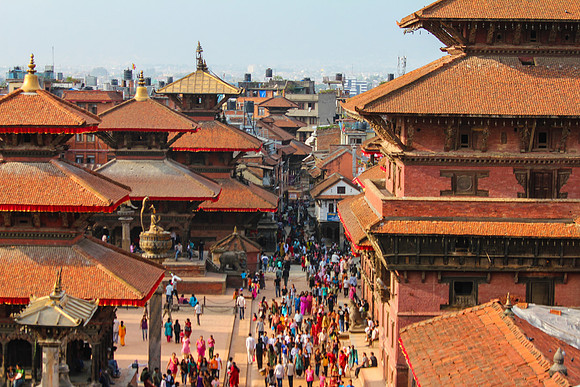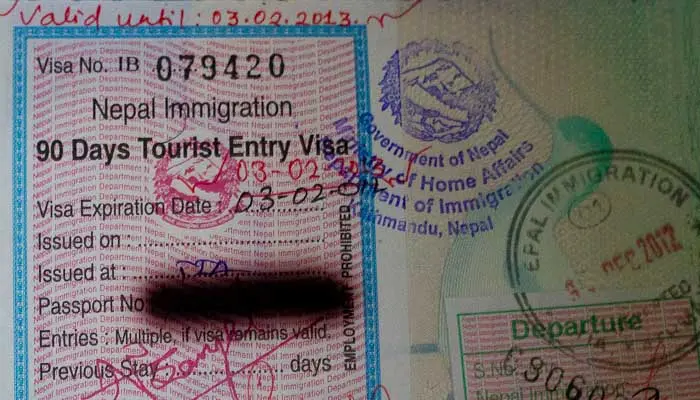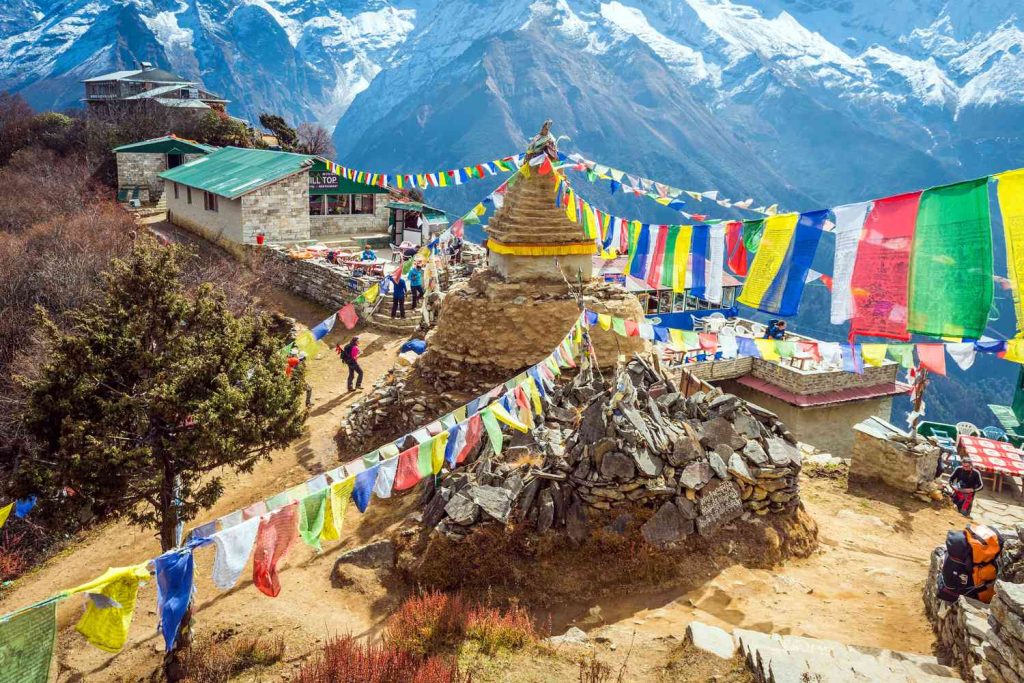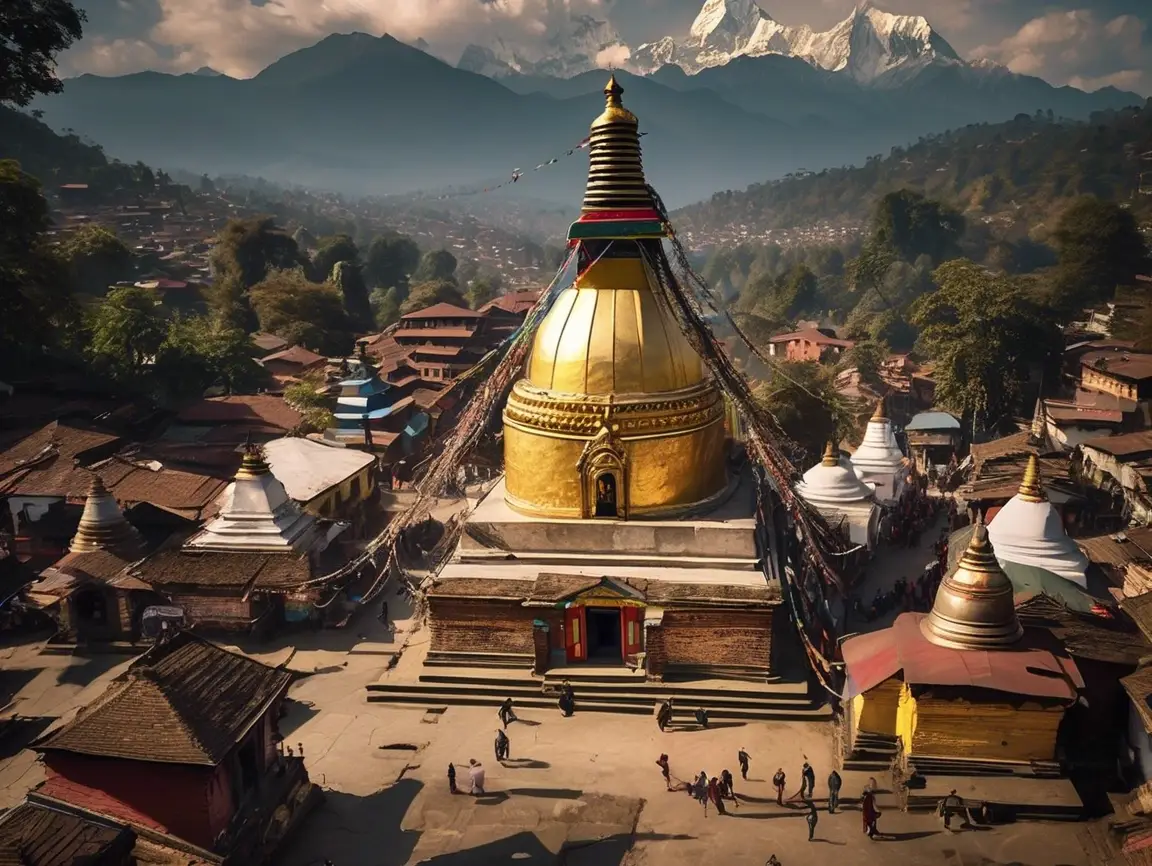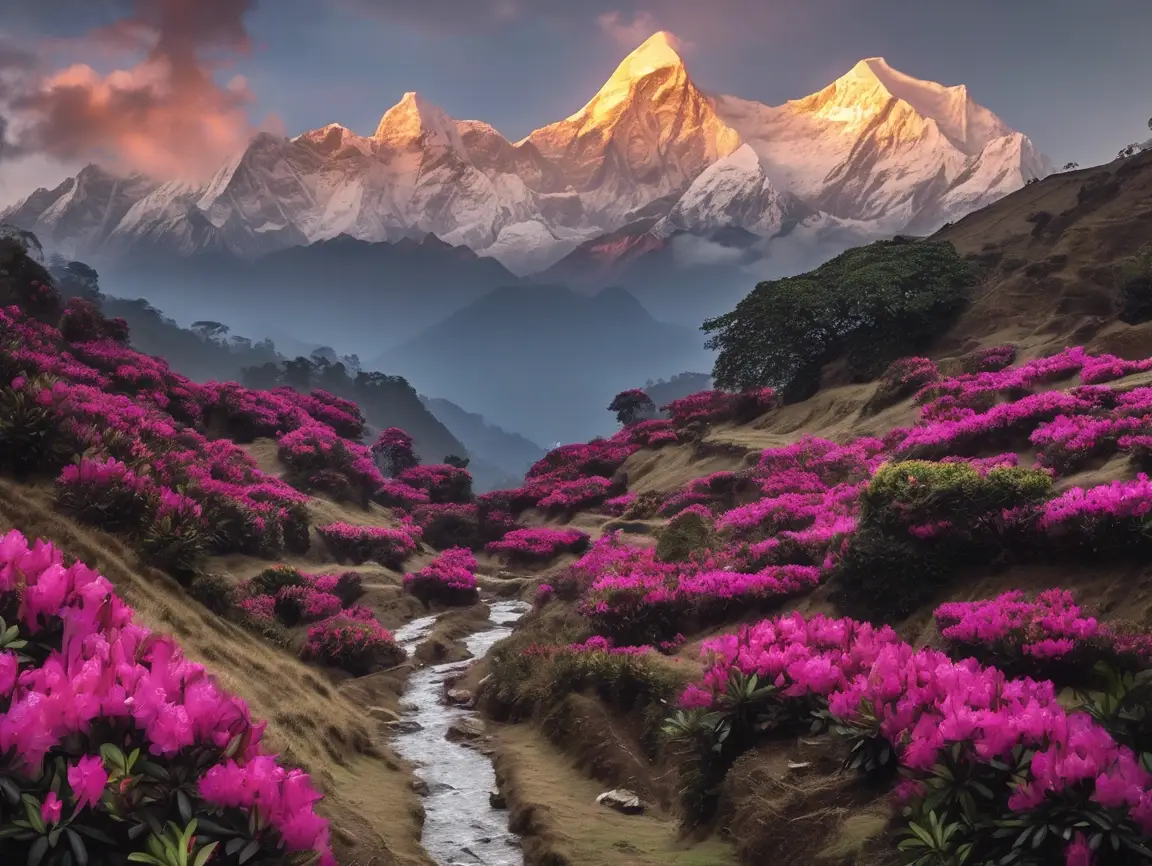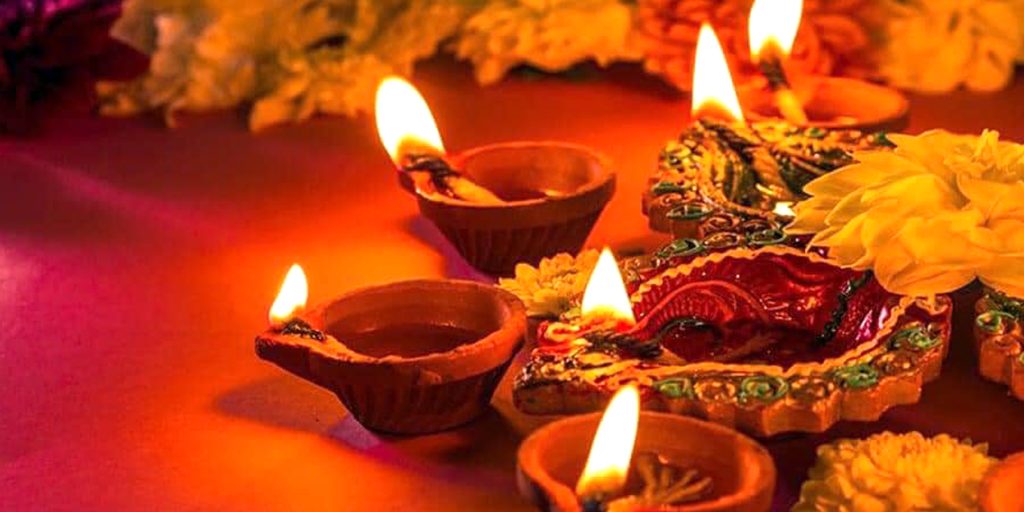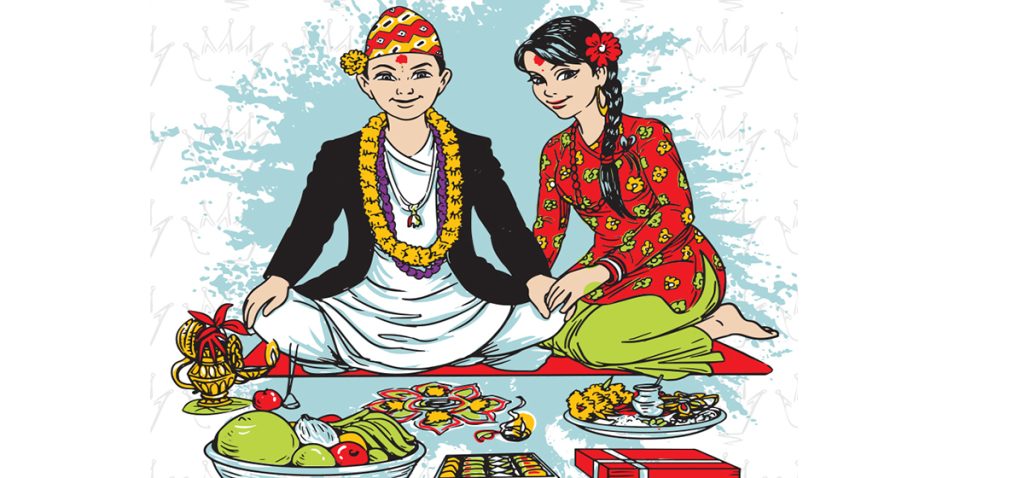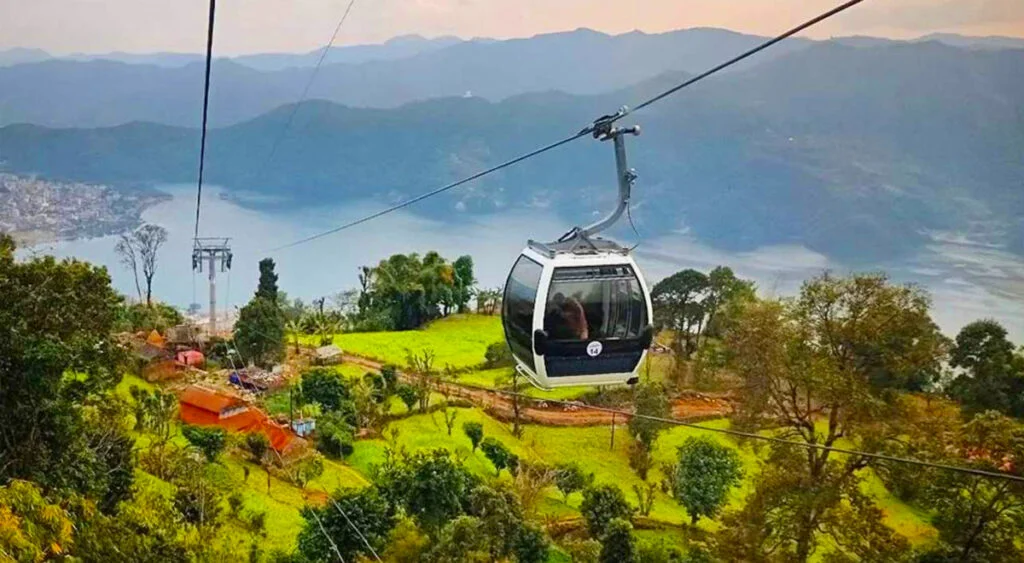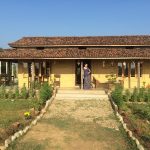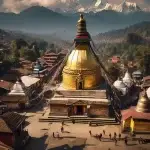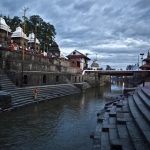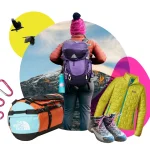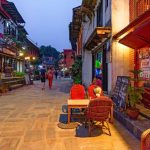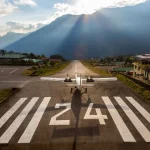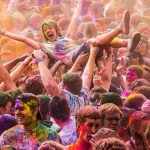Now Reading: Guide for Visitors to Nepal: Culture and Etiquette
-
01
Guide for Visitors to Nepal: Culture and Etiquette
Guide for Visitors to Nepal: Culture and Etiquette
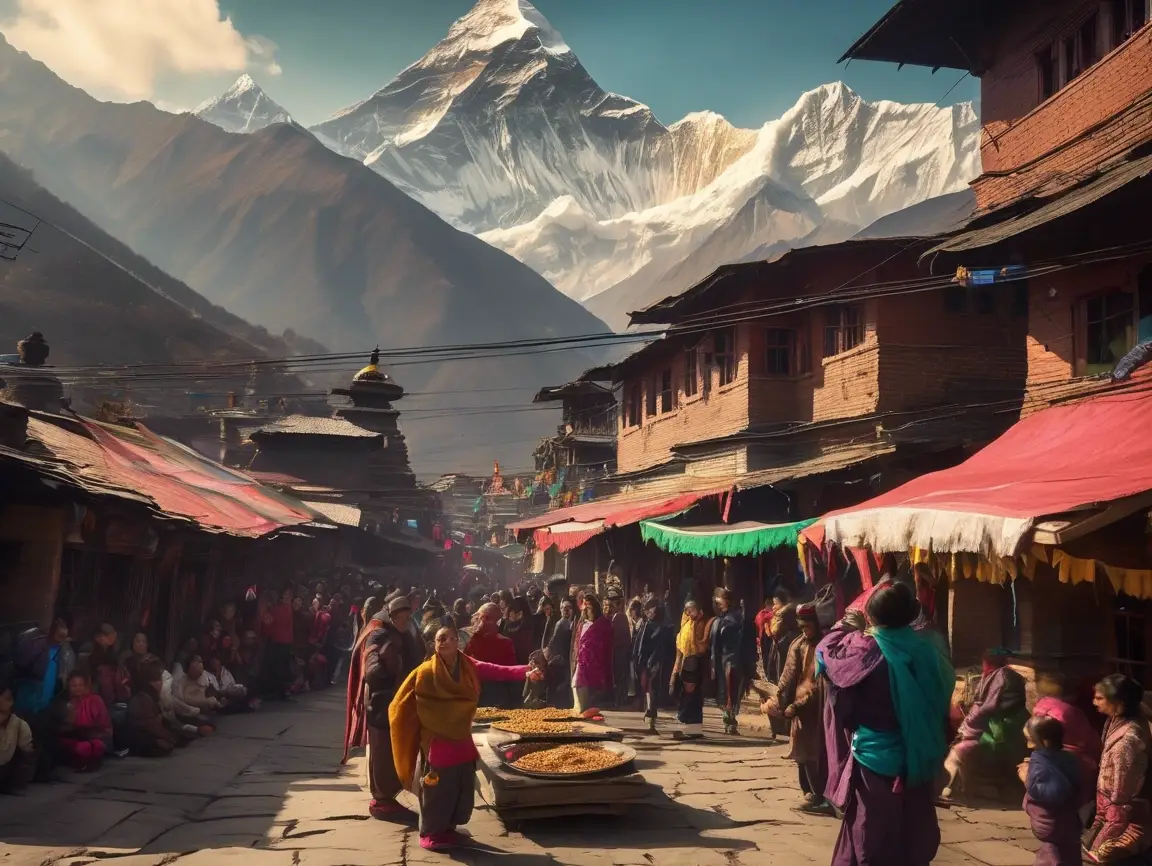
Nepal is a land of vibrant culture, spiritual depth, and breathtaking natural beauty. Home to the world’s highest mountain, Mount Everest, and nestled between India and China, it offers a unique blend of Hindu and Buddhist traditions, stunning landscapes, and warm, welcoming people.
But for first-time travellers unfamiliar with Nepali culture and language, visiting Nepal can come with a few surprises. This guide will prepare you with essential insights—from basic etiquette to navigating food, transport, safety, and language barriers—so you can fully enjoy your journey with respect and confidence.
1. Basic Cultural Etiquette
Nepali society is rooted in tradition, modesty, and respect for elders and guests. Here are some key dos and don’ts:
✅ Do:
- Greet with “Namaste” (hands pressed together with a slight bow)—it’s polite and appreciated.
- Remove your shoes before entering someone’s home or a temple.
- Use your right hand to give or receive things (the left hand is considered unclean).
- Dress modestly, especially in rural or religious areas—cover shoulders, chest, and knees.
❌ Don’t:
- Point feet at people or religious objects.
- Touch someone’s head—it’s considered sacred.
- Publicly display affection, especially in rural areas.
- Step over someone’s body, particularly if they are sitting or lying down.
Understanding and respecting these customs goes a long way in creating a meaningful and smooth travel experience.
2. Language Tips for English Speakers
While Nepali (नेपाली) is the official language, many people in cities and tourist areas speak basic English. However, rural or older populations may not. Learning a few key Nepali phrases can be incredibly helpful and appreciated:
| English | Nepali | Pronunciation |
| Hello | Namaste | nah-mah-stay |
| Thank you | Dhanyabad | dhan-ya-baad |
| Yes | Ho | ho |
| No | Hoina | hoy-na |
| How much? | Kati ho? | ka-tee ho? |
| I don’t understand | Maile bujhina | my-lay boo-jee-na |
Apps like Google Translate work offline with downloaded Nepali language packs, and pointing or gestures also go a long way in communicating.
3. Money and Budgeting
Nepal is generally very affordable. The local currency is the Nepalese Rupee (NPR), and 1 USD ≈ is 130–135 NPR (as of 2025).
Budget Estimates:
- Backpackers: $25–$40/day (hostels, local food, buses)
- Mid-range travellers: $50–$100/day (3-star hotels, guided tours, flights)
- Luxury travellers: $150+/day (boutique hotels, private vehicles)
Always carry some cash, especially in rural areas, as card machines are not always available. ATMs are common in cities like Kathmandu and Pokhara. Notify your bank of your travel to avoid blocked cards.
4. Food and Water Safety
Nepali food is flavourful, spicy, and influenced by Indian and Tibetan cuisines.
Must-Try Dishes:
- Dal Bhat: Lentil soup, rice, curry, and pickles (the national staple)
- Momo: Steamed dumplings filled with vegetables or meat
- Thukpa: Noodle soup with vegetables/meat, great in the mountains
- Sel Roti: A traditional homemade rice doughnut
Safety Tips:
- Avoid tap water. Drink bottled, boiled, or filtered water.
- Eat freshly cooked food. Avoid raw vegetables or street food with questionable hygiene.
- Carry water purification tablets or a reusable filter bottle like LifeStraw when trekking.
5. Transportation Options
Getting around Nepal can be part of the adventure. Here’s how you can travel:
| Mode of Transport | Cost (USD) | Best For |
| Domestic Flights | $100–$250 | Quick trips to remote areas |
| Tourist Buses | $10–$30 | Comfortable intercity travel |
| Local Buses | $2–$6 | Budget travel, rural routes |
| Taxis | $2–$10 | Short city trips |
| Motorbike Rentals | $12–$25/day | Independent travel |
Roads are often bumpy and slow. Expect delays, especially during the monsoon season. Domestic flights are quicker but weather-dependent. In cities, always negotiate taxi fares beforehand unless there’s a meter.
6. Health, Safety, and Travel Insurance
Nepal is generally safe for tourists, but it’s wise to take precautions.
Health:
- Vaccinations recommended: Hepatitis A & B, Typhoid, Tetanus, Rabies (if trekking).
- Altitude sickness is a real risk when trekking. Ascend slowly, hydrate, and know symptoms.
- Travel insurance is a must, especially for trekking or adventure sports—ensure it includes high-altitude evacuation.
Safety:
- Petty theft can happen in busy tourist areas. Use a money belt or secure your backpack.
- Avoid walking alone at night in unfamiliar areas.
- Follow local rules at temples and monuments. Photography may be restricted.
7. Religion and Spiritual Sites
Nepal is deeply spiritual, blending Hinduism and Buddhism harmoniously. You’ll see stupas, pagodas, temples, and prayer wheels everywhere.
Key Sites:
- Pashupatinath Temple (Kathmandu): Sacred Hindu temple on the Bagmati River.
- Boudhanath Stupa: One of the largest spherical stupas in the world.
- Swayambhunath (Monkey Temple): A sacred hilltop Buddhist site.
- Lumbini: Birthplace of Lord Buddha.
When visiting:
- Dress modestly.
- Remove shoes and hats before entering temples.
- Don’t touch sacred statues or offerings.
- Walk clockwise around religious monuments.
8. Trekking and Adventure
Nepal is a trekker’s paradise, but it’s important to plan well.
Popular Treks:
- Everest Base Camp (EBC): 12–14 days, moderate to tough.
- Annapurna Circuit: 10–20 days, diverse terrain.
- Poon Hill: 4–5 days, short and scenic.
Tips:
- Permits required: TIMS (Trekker’s Information Management System) and National Park Entry permits.
- Hire a guide or porter if new to trekking or unfamiliar with the terrain.
- Prepare for altitude sickness—acclimatise properly and carry medication.
Outside trekking, activities like paragliding (Pokhara), white-water rafting, jungle safaris (Chitwan), and mountain biking are popular too.
9. Internet and Connectivity
Most hotels, cafes, and restaurants in urban areas offer free Wi-Fi. SIM cards from Ncell or Nepal Telecom are widely available and affordable (around $2–$5) with data packages.
You’ll need a passport copy and a passport-size photo to purchase a SIM. In remote trekking regions, expect patchy or no signal.
10. Festivals and Local Experiences
Nepal has a vibrant festival calendar. Experiencing one can be a cultural highlight.
Major Festivals:
- Dashain (Sept–Oct): The biggest Hindu festival, celebrating good over evil.
- Tihar (Oct–Nov): Festival of lights, dogs, and brothers.
- Holi (March): Colourful Hindu spring festival.
- Buddha Jayanti (May): Birth of Lord Buddha, especially big in Lumbini.
Participating respectfully in festivals gives insight into Nepali values and hospitality. Always ask before taking photos.
Final Thoughts
Nepal is more than just majestic mountains—it’s a country of deep culture, humble kindness, and rich spiritual heritage. For travellers unfamiliar with the language and traditions, a little preparation can make all the difference.
Respect local customs, dress appropriately, and learn a few Nepali words. Expect the unexpected—power cuts, bumpy roads, and spontaneous moments of joy. With an open heart and curious mind, Nepal will not only welcome you—it will stay with you forever.

